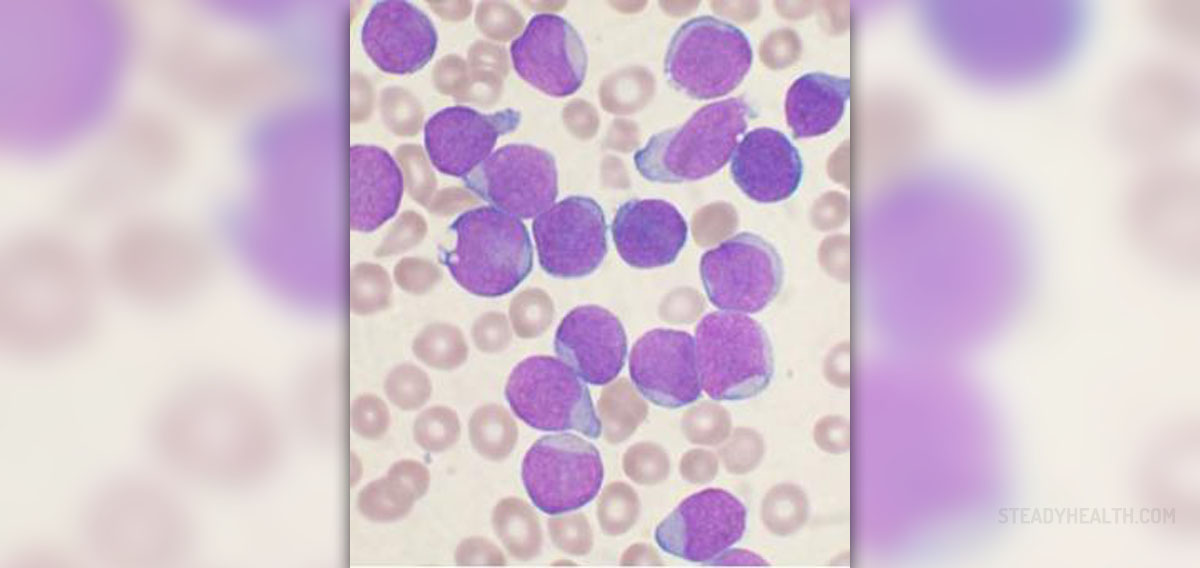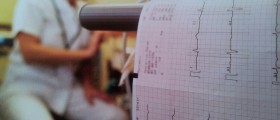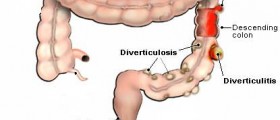
Introduction to Endocarditis
Endocarditis is an infection of the endocardium (the innermost layer of the heart). It may affect different parts of the heart including heart valves, the mural endocardium and a septum. Classification of endocarditis includes three separate groups. The first one is native valve endocarditis further divided into acute and subacute endocarditis. The second group includes early and late prosthetic endocarditis and the third group includes endocarditis associated with intravenous drug use.
Causes of Acute Endocarditis
Acute endocarditis (as well as the second native edocarditis- subacute endocarditis) develops due to infection caused by virulent organisms. The most common bacteria responsible for this infections are Staphylococcus aureus and group B Streptococci. There may or may not be underlying structural valve disease prior onset of the infection.
All the pathologic effects of the infection develop as a consequence of local tissue destruction and embolic phenomena. Risk factors for acute endocarditis are permanent central venous access line, prior valve surgery, recent dental surgery and weakened valves.
Clinical Characteristics of Acute Endocarditis
Chills and fever, excessive sweating and fatigue are common symptoms and signs of acute endocarditis. Some patients may also suffer from joint pain, muscle aches and pains and night sweats. There may be nail abnormalities in a form of splinter hemorrhages under the nails and general paleness. Janeway lesions (red and painless skin spots on palms and soles) and Osler's nodes (red and painful nodes on the fingers and toes) are two more characteristic signs of endocarditis. Additional complaints include shortness of breath with activity and swelling of feet, legs or abdomen.
Complications of Acute Endocarditis
Acute endocarditis may cause arrhythmia (usually artial fibrillation), blood clots that may dislodge and travel to other organs, brain abscess, stroke, brain and nervous system changes, congestive heart failure, glumerulonephritis, jaundice and significant damage to heart valves.
Treatment for Acute Endocarditis
Patients suffering from acute endocarditis are always hospitalized. It is essential for them to receive antibiotics intravenously. This way all desirable effects of such medications are perfectly obtained. Treatment with antibiotics may last for a longer period of time. In case of certain complications patients are administered additional medications according to the very complications of the infection.
Surgical repair is required in case valves are significantly damaged and have lost their function. The prognosis is generally good and many patients completely recover without sequelae. Still, there are also cases of valve destruction and people who have developed a stroke and additional complications. In extreme cases especially if the patients develop stroke or some other serious complications of endocarditis even lethal outcome may occur.
















Your thoughts on this
Loading...